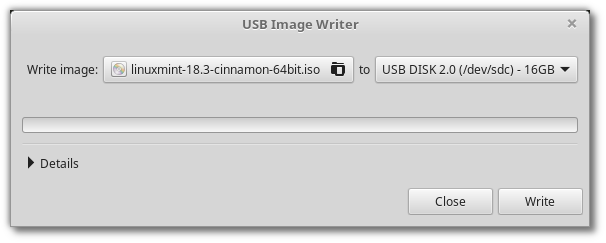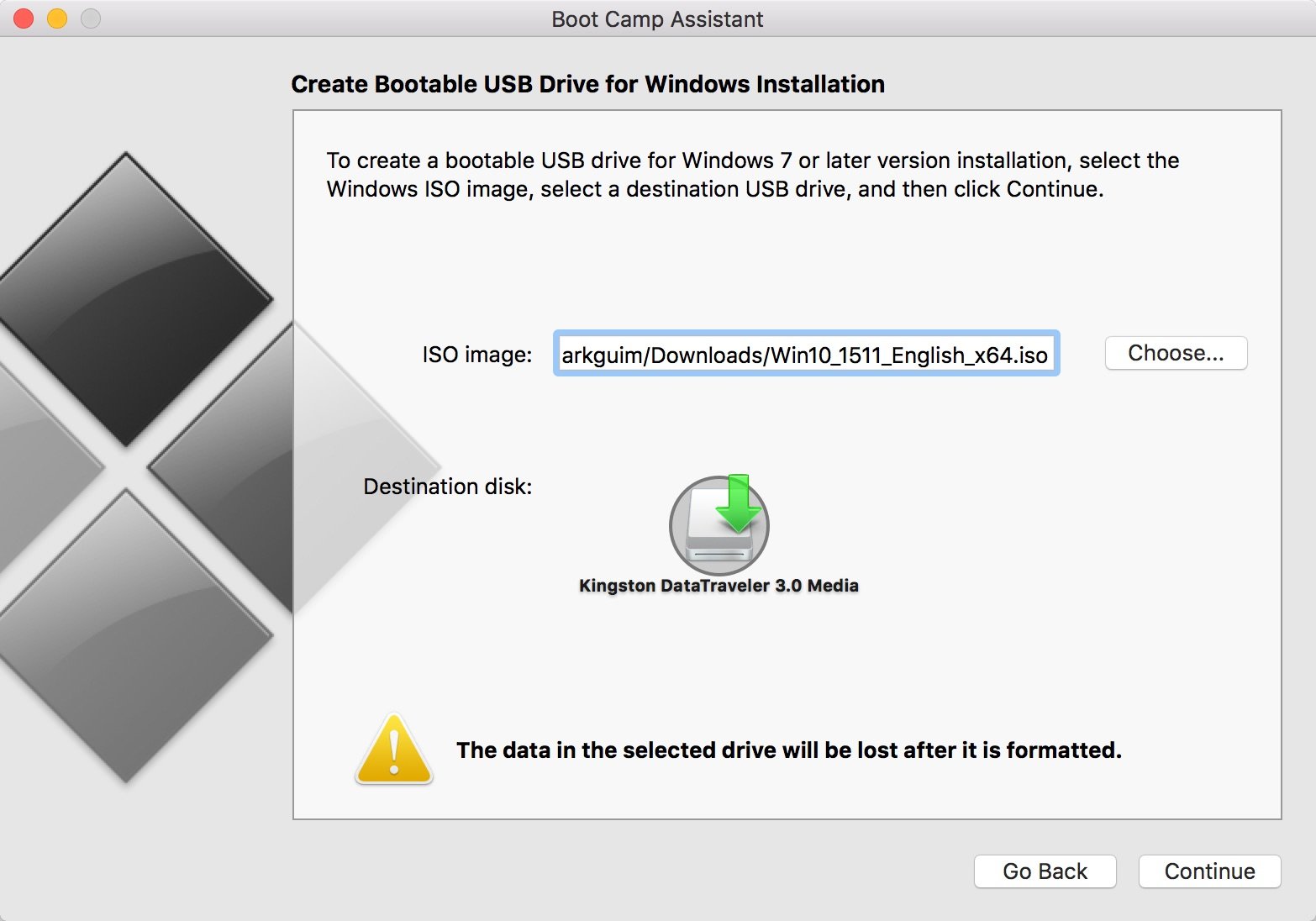Disk Utility will create a.cdr file from the disc. On a Mac, this is practically as good as an ISO file. You can “mount” it from within the Disk Utility application by clicking File > Open Disk Image. Assuming you just want to use the.cdr file on a Mac, you can leave it as a.cdr file. How to Create a Bootable USB Flash Drive for Windows 10 on MAC OS X. Step-by-step guide for the beginner. This video demonstrates how to create a bootable USB drive for Windows 10 installation on a Mac OS X based system. ▽ Video Links ▽ Windows 10 ISO.

Windows doesn’t have a built-in way to easily create ISO files, although modern versions of Windows — Windows 8, 8.1, and 10 — can all without any additional software. To actually create an ISO file from your own physical disc, you’ll need to get a third-party program that can do so. There are many, many tools for this — and many of them are packed with.

Does a fine job of this and is free, open-source software that doesn’t include junkware. Insert a disc, click the “Read Disc” button, and select a source drive to read from and destination ISO file to create. And, as usual when downloading Windows freeware, to get a variety of other tools for doing this, such as ImgBurn and CDBurnerXP. Some of these programs — like ImgBurn — do include junkware in their installers if you get them from elsewhere. On a Mac, you can to create images of discs. To open it, press Command+Space to open the Spotlight search box, type “Disk Utility”, and press Enter. Insert a disc, click the File menu, and point to New > Disc Image from [Device].
Select “DVD/CD master” as the format and leave encryption disabled. Mac OS X will create a.cdr file from the disc. On a Mac, this is practically just as good as an ISO file. You can “mount” it from within the Disk Utility application by clicking File > Open Disk Image. Assuming you just want to use the.cdr file on a Mac, you can leave it as a.cdr file.
But, if you want to convert it to an ISO file to use on other operating systems, you can do it with a Terminal command. Open a Terminal window and run the following command: hdiutil convert /home/username/original.cdr -format UDTO -o /home/username/destination.iso Replace “/home/username/original.cdr” with the path to the CDR file and “/home/username/destination.iso” with a path for the ISO file you want to create. You may also be able to just rename the.cdr file to an.iso file in many cases, although this isn’t always guaranteed to work.
Linux On Linux, you can do this from the terminal or with a disc-burning utility your Linux distribution may include. For example, Ubuntu uses the Brasero disc-burning utility. Open the Brasero Disc Burner, click “Disc Copy,” and you can choose to copy an inserted disc to an “Image File.” Other Linux distributions and desktops may include other, similar tools. Look for a CD/DVD-related utility and it should have an option to copy a disc to an ISO disc image file. Creating an ISO file from the terminal is as simple as running the below command; sudo dd if=/dev/cdrom of=/home/username/image.iso Replace “/dev/cdrom” with the path to your CD drive — for example, it may be “/dev/dvd” instead — and “/home/username/cd.iso” with the path to the ISO file you want to create. Resulting disc images can be mounted with the “mount” command in a terminal or with graphical tools that basically just provide a prettier interface over the mount command. Once you have your ISO files, you can copy them to a computer’s hard drive, store them on a USB drive, or make them available on the network.
The irony is that I have the disc, the invoice, and the product ID number so it's obviously legit, but still they think I've pirated it— that's the only possible reason for not issuing a new product key— that and arrogance. Microsoft only has US or UK phone numbers listed on their support pages but I rang them anyway. They said to go back to the Apple shop where I bought it — they might have recorded it... Product key for microsoft word. I think it would be contrary to our consumer laws.